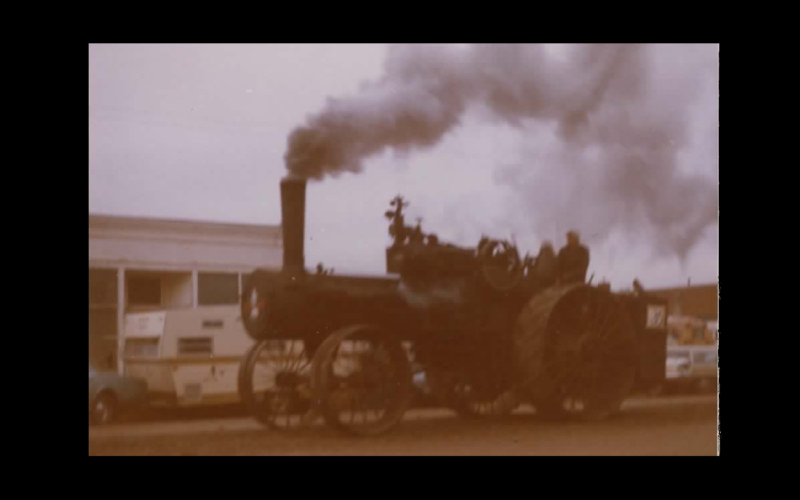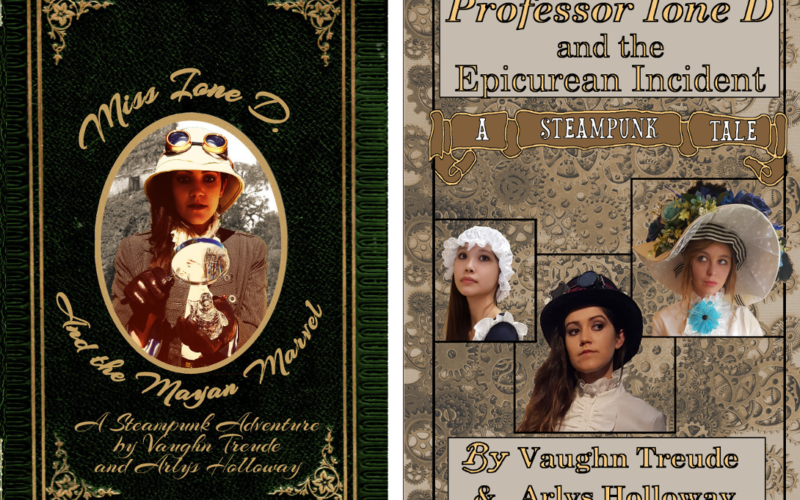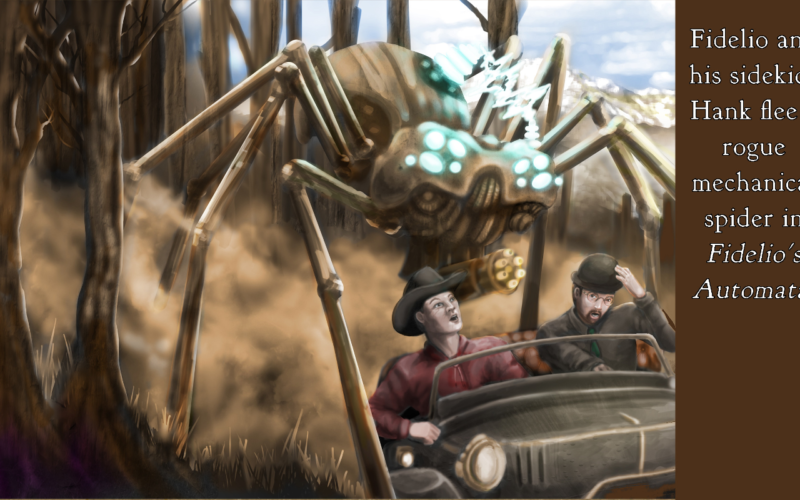As part of our ongoing effort to expose the public to works of steampunk fiction, Steampunk Desperado will feature a series of reviews of the classics as well as new works. First on my list is The Difference Engine since it was the first one I read.

Published in 1990, this is not considered to be the first steampunk novel. (That distinction goes to Morlock Night by K.W. Jeter, which I’ll review at a later time.) However, it was probably the first in the steampunk genre that attracted major public attention. It underscores the origins of steampunk in that it was written by those two legends of cyberpunk: William Gibson and Bruce Sterling. Its premise is simple but brilliant: that Charles Babbage’s original mechanical computer, the Difference Engine, was not just a curiosity but a commercial success. The book weaves actual historical characters such as Lord Byron and Ada Lovelace with historical issues such as trade and labor policy into a convincing alternate reality.
It takes place in a fictional history of the 1850’s, in which Great Britain is governed by the Industrial Radical Party. In this world, the British Empire has elevated scientists and engineers to be peers of the realm, advancing technology, increasing its power, and preventing the rise of the United States as a competitor. The plot of the novel follows several characters including the real-life travel writer and spy, Laurence Oliphant. All are seeking a set of computer punch cards (I’m old enough to remember these) which are said to contain a secret program that can allow its user to place winning bets. In reality, the cards represent something much more scientifically significant. When I encountered it several years ago I found it to be a fascinating read, though a bit complicated as Gibson’s work tends to be. (At the present time, I haven’t read anything else by Sterling.) Although I recall enjoying the book, I had to consult the relevant article on Wikipedia to refresh my memory as to what actually transpires. In any case, this book is a must-read for anyone interested in the genres of steampunk and alternative history.




































Well done! If there is a subject steampunk or otherwise you would like us to cover please let us know in the comments.
Great !